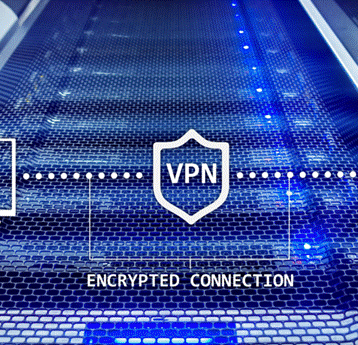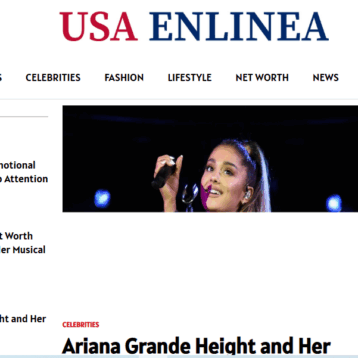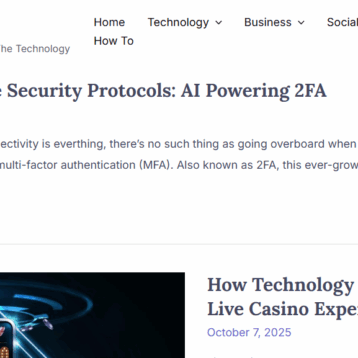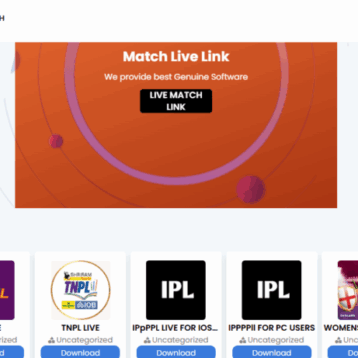
Image by Muhammad Ribkhan from Pixabay
The job of an email marketer may seem pretty straightforward: you collect a list of users in your mailing list through lead magnets like blog content and then start sending out your premade newsletters.
Everything works fine for a few weeks until you begin noticing that something is off. To your surprise, many of your emails are no longer getting through, your bounce rate is increasing, and only a small fraction of subscribers are now receiving your messages.
The problem is your declining email deliverability that results from emails frequently being marked as spam and blocked by users’ ISPs, or because the addresses in your mailing list are invalid.
One of the best ways to prevent such occurrences is through a method known as email verification. Let’s talk about it in this post.
What is Email Verification?
Email verification is a process wherein a single or group of email addresses are checked to see if they belong to a real person. The main purpose of this is to ensure that campaign messages are being sent to valid email addresses.
An Email Verification API often performs this procedure. The tool examines several important attributes such as the existence of email addresses and mail servers, identifies common typos or curse words for email domains, and checks if email addresses were created using one of the disposable email address providers, among other aspects.
What Are the Benefits of Email Verification API?
There are many reasons why email marketers need to employ email verification. Here are some of them.
Reducing email bounce rates
ISPs and email providers penalize email marketers who continue to send messages to accounts hard bouncing or to emails that cannot be reached. Accumulate a small percentage of these in your mailing list, and you can expect negative actions to be taken against you — i.e., your emails finding themselves in spam folders or even being blocked altogether.
An email verification service can put a stop to bouncing by validating all email addresses in a mailing list. For example, it can check if a person has used a non-existent email address which would then flag as invalid, therefore allowing you to remove it from your lists to avoid penalties.
You can learn more about how email verification can lower bounce rates in our post How an Email Verification Service Can Reduce Your Bounce Rates.
Authentication of recipients
Whether you’re planning to begin a new email marketing campaign for newsletters or perhaps for user feedback, it’s crucial that your messages reach their intended recipients. No one wants to let their hard work go to waste by having their emails sent directly to inactive mailboxes.
Since Email Verification API does all the checking in advance, it can significantly minimize the risk of damaged deliverability. What’s more, such a capability ensures that all the email addresses in your mailing list are valid and actually receiving messages.
Providing accurate campaign insights
Continuously having your emails bouncing and sent to invalid addresses can hurt your campaign metrics — making it hard to assess how effective your marketing efforts have been.
With a good email verifier, you can be certain that your mailing lists are “cleaned” of fake or disposable email addresses that don’t contribute to your overall objectives. This allows you to get a better overview of your recipient data and make informed brand decisions moving forward.
—
Effective email marketing and email verification are terms that easily go hand-in-hand. The ability to validate your customer email addresses and avoid being blacklisted by ISPs and email service providers is a big plus for marketing campaigns. That’s why applications such as an Email Verification API are starting to become a mainstay in the toolbox of email marketers today.










